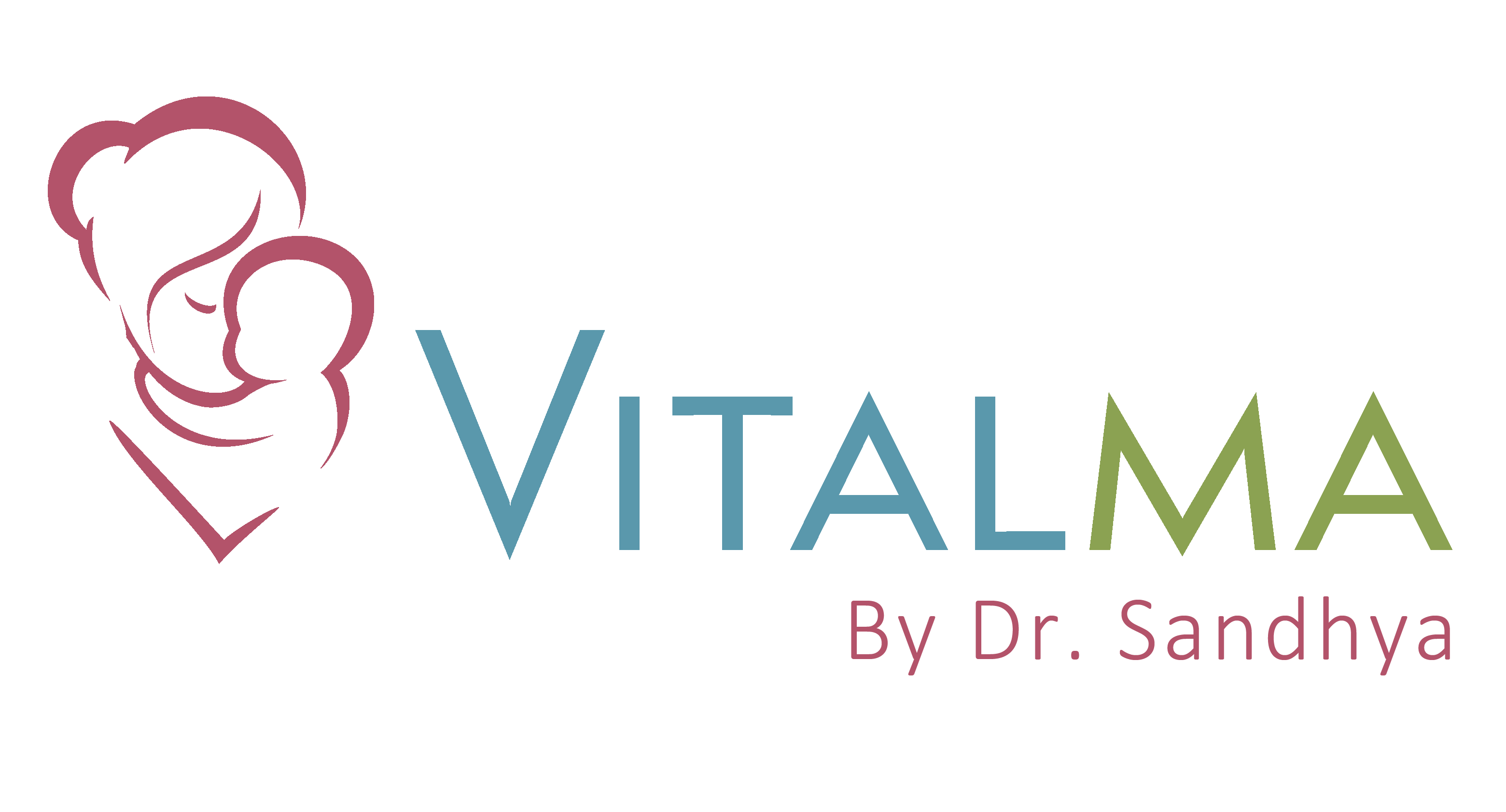By Siyona Varghese
Music is more than just entertainment for children—it plays a vital role in cognitive development, particularly in early childhood. At the age of four, a child’s brain is highly plastic, meaning it rapidly absorbs and processes new information. Engaging with music and rhythm helps strengthen neural pathways, enhance memory, and improve problem-solving skills. This article explores how music influences cognitive growth in young children and offers practical ways to integrate it into their daily routines.
Music and Brain Development
Studies show that musical exposure stimulates multiple areas of the brain, including those responsible for language, memory, and motor coordination. When a child listens to or participates in music, both hemispheres of the brain engage, strengthening connections between auditory processing, motor skills, and emotional regulation.
Key Benefits:
- Enhances neural connectivity, improving overall learning abilities.
- Boosts language acquisition, as rhythmic patterns help with phonemic awareness.
- Encourages executive function skills like attention control, planning, and problem-solving.
Rhythm and Language Development
Children who engage with rhythm through clapping, tapping, or dancing develop stronger phonological awareness—the ability to recognize and manipulate sounds in words. This foundation is crucial for literacy skills like reading and writing.
How it Works:
- Recognizing beats and syllables improves speech processing.
- Singing songs with repetitive patterns enhances vocabulary.
- Learning nursery rhymes strengthens memory and auditory discrimination.
Music and Memory Retention
Music has been linked to improved memory retention in children. Because melodies and rhythms create structured patterns, they help children recall information more effectively. This is why many preschool curricula incorporate songs to teach numbers, letters, and daily routines.
Example:
- The ABC song helps children remember the sequence of the alphabet.
- Counting songs reinforce numerical order and basic math concepts.
The Role of Movement in Cognitive Growth
Dancing and rhythmic activities help develop motor coordination and spatial awareness, both of which contribute to cognitive growth. Moving to music engages the cerebellum, the part of the brain responsible for balance and coordination, which is also linked to problem-solving abilities.
Activities that Promote Cognitive Growth:
- Clapping games like “Pat-a-Cake” help with hand-eye coordination.
- Jumping to beats improves physical balance and auditory timing.
- Call-and-response songs enhance attention span and auditory processing.
Emotional and Social Benefits of Music
Music also plays a role in emotional development, helping children regulate feelings and connect with others. Group music activities, such as singing in a circle or playing instruments together, teach cooperation, patience, and turn-taking.
Emotional Benefits:
- Helps children express emotions through melodies and lyrics.
- Encourages self-regulation by soothing anxiety or excitement.
- Strengthens social bonds through shared musical experiences.
Practical Ways to Integrate Music into Daily Life
Parents and educators can easily incorporate music into a child’s routine to support cognitive development.
Simple Strategies:
- Sing transition songs (e.g., clean-up songs) to create structure in daily activities.
- Play background music while engaging in learning activities to enhance concentration.
- Use rhythm instruments like tambourines, shakers, or drums to develop timing and coordination.
- Encourage dance breaks to promote physical activity and mood regulation.
Final Thoughts
Music and rhythm are powerful tools in shaping a child’s cognitive growth. From improving memory and language skills to enhancing motor coordination and emotional well-being, engaging with music at an early age sets the foundation for lifelong learning. By making music a natural part of a child’s daily life, parents and educators can help support their overall development in a fun and engaging way.
References

